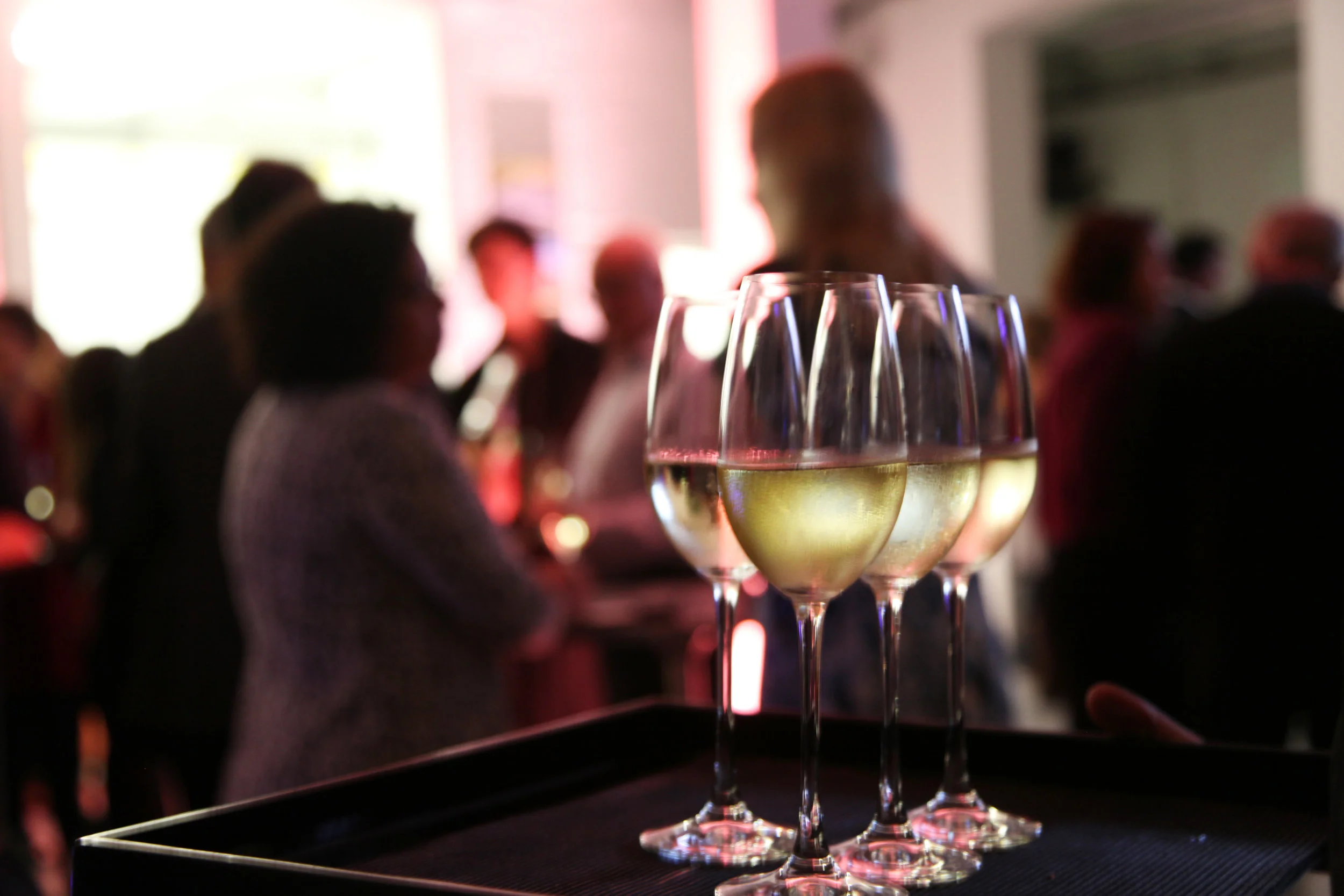Bacchus: the ‘God of Wine’. In my imagination, he is a rosy-cheeked cherub who can cure hangovers with the wave of a wine glass. Perhaps it is Bacchus guides home those truly committed hedonists who drink and dazzle until last drinks are called. It might even be that the hangover is Bacchus' payment; a scorching headache and dry mouth in recompense for the good times and a few hours of raucous fun.
'Sylvaner x Riesling' x 'Riesling x Madelaine Royal'
It wasn’t until 1933 that the name was used for a wine grape, when Peter Morio ‘crossed a cross’ - fertilising a Sylvaner x Riesling cross with Muller Thurgau, which is itself a cross of Riesling x Madelaine Royal. Mr Morio must have thought highly of his early ripening, aromatic new variety as he confidently named it after the God of wine. Although perhaps he’d had a drink by then. Or maybe two…
Bacchus has found a natural home
Bacchus as a variety is delicate, with a high potential for floral aromas (via terpenes compounds, presumably from the Riesling side). It ripens early, which suits cooler climates with short growing seasons (like England). If picked early it has a green, herbaceous tinge to the nose, reminiscent of nettles or fresh cut grass. People naturally draw comparisons with Sauvignon Blanc, but recent research suggests it has little in common. While in warmer weather it can sometimes lack acidity at harvest, this is rarely a problem we have in England. In fact, Bacchus thrives here with many feeling it has found its natural home. Over the last decade Bacchus has become the most popular still wine produced in the UK, creating wines with a freshness and vitality that is really exciting.
The flavours of Bacchus have an uncanny resemblance to the English countryside. The floral notes of elderflower mingle with hints of nettle, freshly-cut grass and summer hedgerow – aromas that really resonate with born and bred locals. It's entirely possible that as plantings increase over the next decade economies of scale may be created that allow Bacchus to compete with Sauvignon Blanc or Pinot Grigio as UK consumers’ white wine of choice.
Our bacchus: Baker St 2016
Our 2016 Bacchus, Baker St, was grown by the Nicholas family at Sandhurst vineyards in Kent, and Jane and David Fleming of Great Whitman vineyards in Essex. Both sites were picked at good natural sugar levels, giving 10% natural alcohol and balanced flavours. The grapes were harvested by hand and sorted in the winery before being gently pressed as whole bunches. Many of the aroma precursors in Bacchus are found in the pulp near the skins, so the pressing is a balancing act; we have to gently extract these precursor compounds while at the same avoiding extracting phenolic compounds from the skins, which can cause bitterness and astringency. After pressing the juice is settled for three days before the clarified wine is pumped into a clean stainless steel tank for fermentation.
We are constantly experimenting to try to get the best out of each vineyard and in 2016 we conducted yeast trials with Bacchus, splitting the juice into four batches and inoculating each with a different strain. The individual yeast strain has a huge impact on the eventual style of a wine, with each offering slightly different tastes and aromas.
We also experimented with French oak barrels (5% of the blend) which were allowed to start fermenting with ambient yeast, which in the case of Bacchus results in lower overall aromatics but more texture on the palate. Running multiple fermentations with different yeasts and fermenting a small percentage of the wine in oak meant we created a more complex aroma profile than had we fermented the wine as one. It’s this continued experimentation that helps us refine the London Cru style.
After the fermentation the wine was kept in contact with the remains of the yeast (the ‘lees’) for four months, which gives the wine some textural, mouthfeel qualities that subtly balance the high natural acidity of the variety.
Our Bacchus is fermented bone dry with no residual sugar so it’s a really vibrant, fresh style. The nose is floral with hints of elderflower and fresh cut grass, and the crisp acidity lends itself well to all sorts of food combinations.
My recommendation at home is to drink it with a crab linguine, with garlic, roasted cherry tomatoes and fresh basil, while if you’re eating out then perhaps freshly shucked oysters or good fish and chips would be the way to go. What could be more English than that?
























